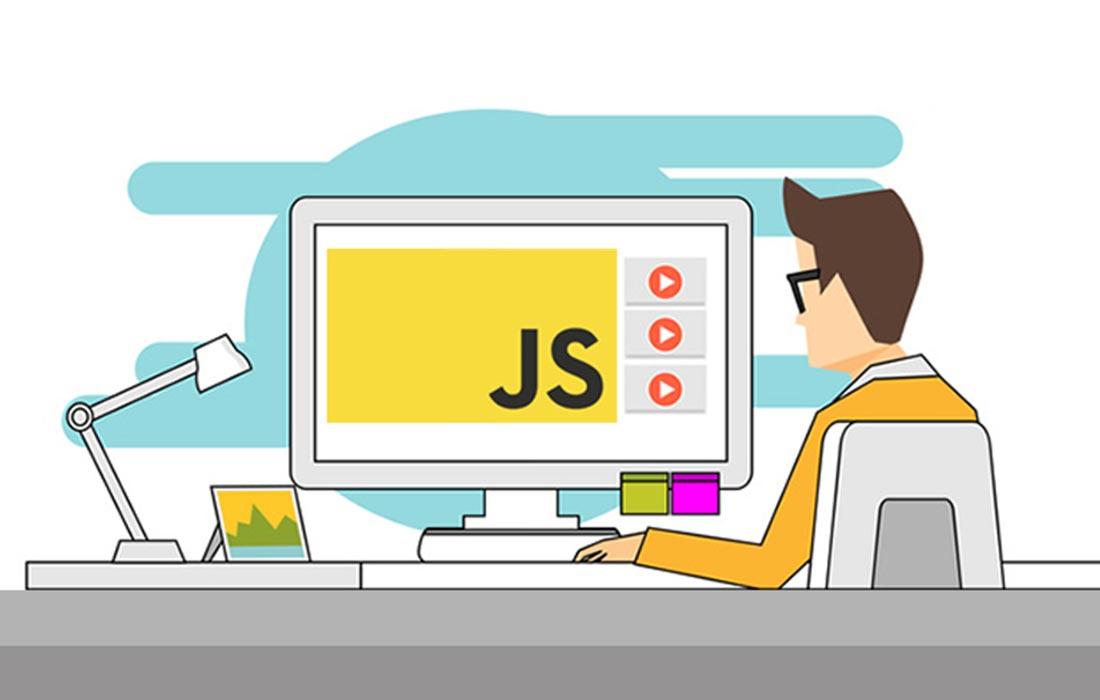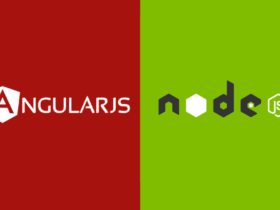JavaScript-based frameworks have become prevalent for web frontend development. Whether a frontend developer or full-stack developer, you must familiarize yourself with several JavaScript frameworks popular in 2022.
JavaScript frameworks’ popularity can be seen from the Stack Overflow survey, where JavaScript was the most used language by 67% of professional developers. That is not even the best part; JavaScript has been at the helm for the whole decade.
However, there are hundreds of JavaScript frameworks available today, making it hard for beginners to choose the best one. That is why we have come up with a guide to help you select the most popular JavaScript framework for 2022. But first, let’s get to know what JavaScript framework means.
What is JavaScript Framework?
JavaScript frameworks are reliable tools for creating scalable web applications. They include a set of pre-written JS library codes to impart standard programming features in an app. Often misunderstood as libraries because of their functionality, web frameworks have a different scope.
JavaScript libraries include packaged codes, functions, components, and methods that can be reused or repurposed. But a JavaScript framework is used for defining the application design, calling a library, and using code within it. It does not offer a single solution but provides a roadmap to building web applications.
Frameworks are now a standard part of JS developers’ toolkit. They enable you to create components that can easily be reused in your web app multiple times. That said, here’s a JavaScript frameworks list to help you select the right tech stack:
Top 6 Most Popular JavaScript Frameworks List of 2022
1. React Js
Developed and maintained by Facebook, React is one of the most utilized libraries of 2021. It’s not technically a framework, but it’s seen colloquially as a framework, and we’ll refer to it here the same.
React.js offers a fast UI development kit for building interactive apps that efficiently use data. Unlike other libraries, it applies changes to elements instantly rather than updating every occurrence.
Further, to make quick updates to web pages, it supports incremental use of the virtual dom. The React JavaScript framework also uses JSX, which is a domain-specific interface that was created by the same team.
Key Features of React:
- Pages are divided into multiple components that have UI and their own logic
- Document object model-based DOM
- Developers can embed JS objects inside HTML using JSX
2. Angular
Unlike React, Angular is a powerful JavaScript framework from Google used for creating simple SPAs for complex web apps. It’s a component-based open-source framework with an integrated collection of libraries and tools to build, test, and deploy web frontends.
The first iteration of the framework known as AngularJS was built using JavaScript. But the current Angular framework is built using TypeScript, an enhanced version of JavaScript. The framework offers a dependency injection, declarative templates, end-to-end tooling, and best practices to resolve Angular development challenges.
Key Features of Angular:
- Offers two-way data binding and presents a model layer
- Dependency injection for code consistency
- Follows MVC architecture
- Easier DOM manipulation
3. VueJS
Created by an ex-Google employee in 2014, VueJS aims to combine the best of both Angular with React JavaScript frameworks. It retains React’s data binding quality, props, and component-based approach while preserving Angular’s template syntax.
VueJS is an easy-to-learn framework that allows developers proficient in using frontend technologies like HTML, CSS, and JS to build enterprise-grade apps. Further, it’s one of the lightweight platforms and can be used for developing cross-platform apps.
Key Features of VueJS:
- Offers animated transitions
- Provides HTML templates that bind with DOM
- Built-in routing to switch between apps
- Directives to bind components to a Vue property
4. Svelte
Svelte is another great addition to our JavaScript framework list. It is an open-source JS framework created by Rich Harris in 2016. It simplifies creating static web app development by transforming raw code into interactive user interfaces.
Similar to React, Svelte is not exactly a framework; rather, the most appropriate term would be a compiler-as-a-framework. It turns Svelte code into plain vanilla JS code for improved performance than React or VueJS applications. It breaks code into independent small JS modules to ensure that the browser does little work for faster loading.
Key Features of Svelte:
- Works directly on code without needing DOM
- Converts JS components into DOM operations
- Works well with fewer code lines
- Maintains design consistency
5. EmberJS
Created in 2011, Ember is a productive and rigorously tested JavaScript framework of 2022. It follows the MVC (Model-view-Controller) architecture providing flexibility to developers for building mobile, desktop, and single-page applications.
Ember.js comes up with a relatively new binding syntax that uses the HTMLBars template engine, a superset of the Handlebars engine.
Key Features of EmberJS:
- Handlebars templates for embedded expressions
- Inspector tool to inspect code and debug apps
- Ember-simple-auth to manage authentications
- App initialization to boot and configure apps
6. NodeJS
Last but surely not least on our JavaScript framework comparison list is NodeJS — a server-side JS runtime environment. It’s built on top of Google Chrome’s V8 engine for easy scaling of web applications.
The USP of this JavaScript framework is that it can be used for both server-side and client-side development. It’s a lightweight and efficient framework utilizing the event-driven, non-blocking I/O for developing data-intensive apps.
Key Features of NodeJS:
- Asynchronous libraries and event-driven, non-blocking I/O
- Lightweight and fast performance
- Single-threaded yet offers high scalability
- No buffering for uploading media files
Wrapping Up
JavaScript will continue to dominate the web development sphere as there’s no suitable alternative available today. Moreover, the JavaScript frameworks popularity has enabled the industry to leverage the most competitive tech for their web development needs.
By carefully examining each JavaScript framework listed here, we can say that all of them offer a unique set of features and advantages. Thus, when choosing one over the other, analyze your web development project requirements.
Also, consider each framework’s learning curve, community support, and compatibility documentation before selecting one for your project. That said, let’s conclude the JavaScript framework list here.





